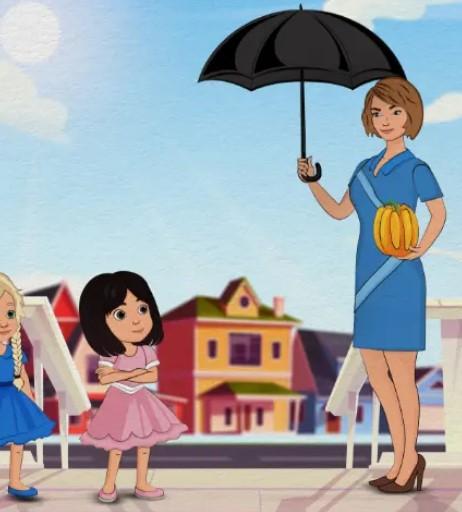Art has long been recognized as a powerful medium for personal expression, emotional release, and even healing. It allows individuals to convey feelings and experiences that are difficult to put into words. The connection between art and healing is deeply intertwined, offering a path to mental, emotional, and spiritual well-being. In this blog post, we will explore the ways in which art can heal, and how engaging with creative practices can lead to profound personal transformation.
Art as a Tool for Emotional Healing
Art provides a unique avenue for emotional healing. Whether through painting, drawing, sculpture, or other forms, individuals can process complex emotions in a safe and non-verbal manner. This form of self-expression is particularly helpful for those who find it difficult to talk about their feelings. For instance, trauma survivors often benefit from art therapy, as it enables them to express what they may not yet have the words for.
Creating art can be cathartic. The simple act of putting brush to canvas or molding clay with hands can release pent-up emotions, offering a sense of relief and clarity. Engaging with art not only helps individuals cope with past experiences but also promotes emotional resilience and the ability to process future challenges.
Art as a Medium for Mental Health Improvement
In addition to emotional benefits, art also plays a significant role in improving mental health. Studies have shown that creative activities like painting, drawing, or photography can reduce symptoms of anxiety and depression. Art helps in focusing the mind, reducing stress, and fostering mindfulness—a practice known to enhance mental well-being.
Art therapy is particularly effective for those struggling with mental health conditions. By working with a trained art therapist, individuals can explore their thoughts and feelings in a guided manner. This process can lead to greater self-awareness, improved self-esteem, and healthier coping mechanisms.
For more insights into the connection between creativity and mental health, visit Michael Calabrese, where he shares profound reflections on how art has impacted his own journey of healing.
The Spiritual Dimension of Art
Art is not only a tool for emotional and mental healing but also holds a deep spiritual significance. Throughout history, art has been used to convey spiritual beliefs, connect with the divine, and explore the mysteries of life. Many people find that engaging in creative practices brings them closer to a sense of higher purpose or spiritual awakening.
Whether through painting religious iconography or creating abstract works that explore the mysteries of existence, art allows individuals to delve into spiritual exploration. The act of creation can be meditative, helping artists and viewers alike to experience moments of transcendence and inner peace.
Engaging with Art for Personal Growth
Whether you’re an experienced artist or a complete beginner, engaging with art can lead to personal growth. Creating art challenges individuals to tap into their imagination, trust their intuition, and confront their vulnerabilities. It encourages risk-taking and experimentation, all of which are essential elements of personal development.
Art-making is also a lifelong journey. It provides an ongoing opportunity to explore new ideas, push boundaries, and discover new aspects of oneself. By engaging with art regularly, individuals can continuously evolve and grow, both personally and creatively.
Conclusion: The Healing Power of Art
Art holds the power to heal in ways that are profound and transformative. Whether it’s helping someone process emotional pain, improve mental health, or explore spiritual dimensions, creative practices offer a valuable tool for personal growth. Embracing art in daily life not only enriches the soul but also paves the way for a more fulfilling, balanced, and healthy life.





